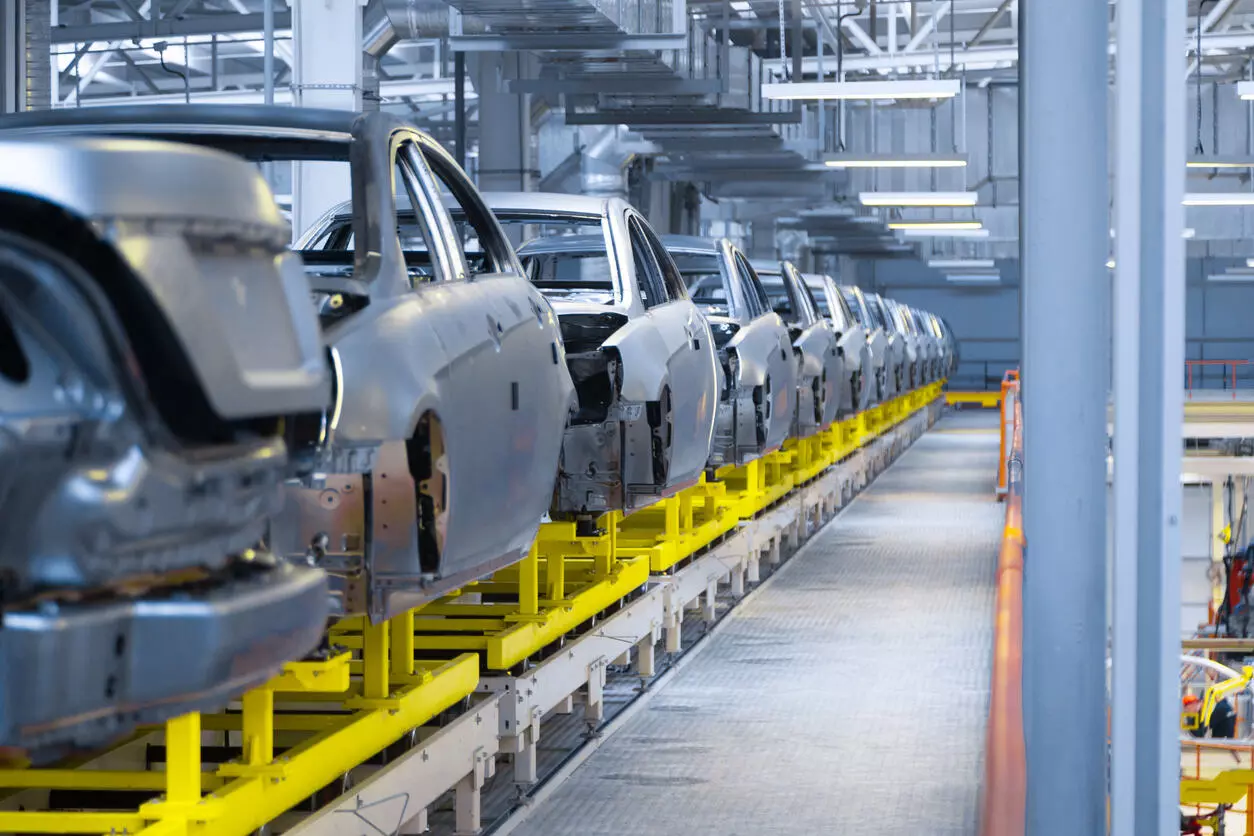Passenger vehicle sales set to reach new heights next fiscal, CRISIL
The anticipated volume growth, coupled with moderating commodity prices, is poised to enhance operating leverage for OEMs
image for illustrative purpose

Hyderabad: Next fiscal year, passenger vehicle (PV) sales are projected to grow 9-10% year-on-year, reaching approximately 50 lakh units, a significant rise from the pre-pandemic peak of 40.5 lakh units credit rating agency Crisil said on Monday. Domestic PV original equipment manufacturers (OEMs) are on track to achieve their highest-ever sales figures.
Factors such as a robust order book fueled by pent-up demand, increased incomes, particularly in the SUV segment, and improved semiconductor availability are expected to drive domestic growth. Despite sluggish export growth, the domestic market is anticipated to flourish.
The anticipated volume growth, coupled with moderating commodity prices, is poised to enhance operating leverage for OEMs. This improvement is expected to offset the rising costs associated with compliance with new regulations, leading to an expected increase in operating margins to 9-10% next fiscal from the current 8.0-8.5%. OEMs are also in a strong cash position, which will support increased capital spending, including expanding capacity for electric vehicles (EVs), without the need for substantial debt addition.
According to CRISIL Ratings, which analyzed four major PV OEMs accounting for about 70% of the market, domestic PV volume growth for the current fiscal year is estimated at 24-26%, primarily driven by pent-up demand and a backlog from the semiconductor shortage in the previous fiscal year. Domestic sales have dominated PV volume, accounting for 85% in the first 10 months of this fiscal year, with exports making up the remainder.
Anuj Sethi, Senior Director at CRISIL Ratings, forecasts domestic PV sales volume to grow by 10-12% next fiscal, primarily led by SUVs, which are expected to nearly double their share in overall domestic sales to around 55%. This shift is driven by customer preference for SUVs, particularly compact models, while sales of sedans and entry-level cars are slower. Export growth is predicted to be modest at 2-4%, mainly due to foreign exchange repatriation restrictions and inflation in key export markets.
While EVs have shown strong growth, with over 170% increase in the last two years through fiscal 2022, their overall share in PV sales remains relatively low at about 1%.
Recent months have seen a moderation in the prices of key raw materials like steel, aluminum, and rubber, after remaining high in the first half of this fiscal year. This, combined with price hikes by OEMs and robust volume growth, is expected to boost operating margins by 100-200 basis points to around 9-10% next fiscal year, despite higher costs for regulatory components.
Naren Kartic.K, Associate Director at CRISIL Ratings, notes that the credit profiles of rated OEMs have stayed stable despite lower volumes during the pandemic, thanks to strong balance sheets and healthy liquidity. With positive demand trends, OEMs are gearing up for future launches, including EV models. Capital spending is estimated to increase by about 54% to around Rs 27,000 crore in fiscal 2023 and 2024 compared to the previous two fiscal years while maintaining low external borrowings due to healthy cash generation and surplus liquidity.
CRISIL Ratings expects the debt-to-earnings before interest, tax, depreciation, and amortization ratio to be less than 0.2 times and interest cover to be over 30 times for its rated portfolio next fiscal year.
Looking ahead, key factors such as semiconductor availability, rural sentiments linked to agricultural yield, interest rate fluctuations, and inflation will be closely monitored. While major disruptions in the EV space are unlikely due to the slow addition of charging infrastructure, this could change over time.

